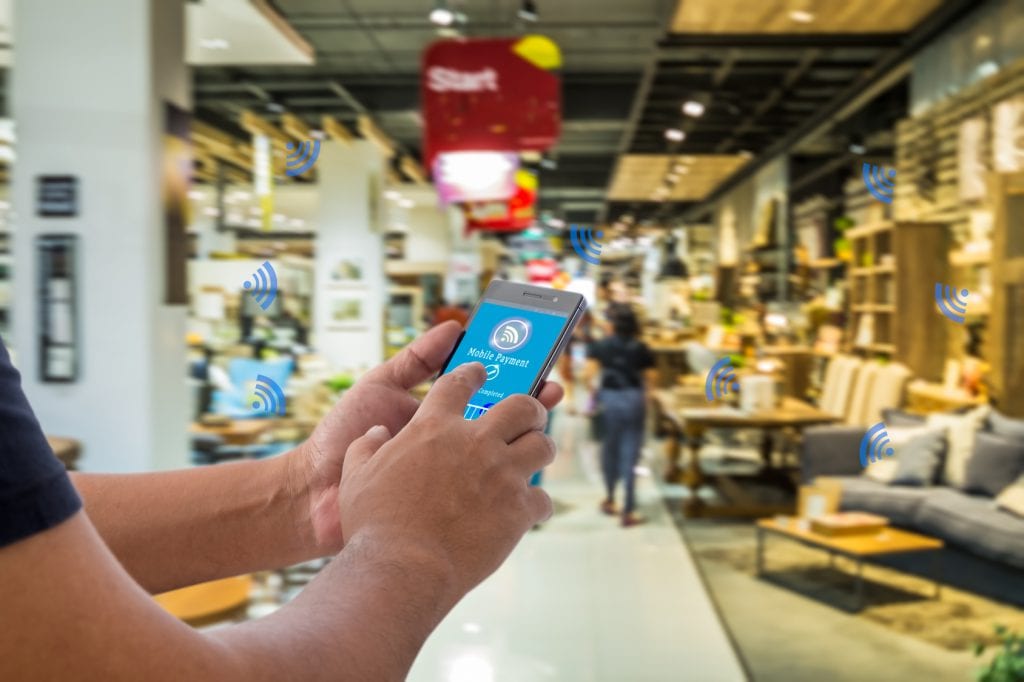Mobile self-checkout apps are trending globally providing benefits for both merchants and consumers alike. As the following article describes, several stores in India are eliminating checkout counters so that shoppers can use a mobile app to select and pay for merchandise on-the-go.
Amazon got attention around the world when it opened a cashier-less store in Seattle at the end of last year. But while the automated Amazon Go grocery store is still in trial mode, variations on the theme are springing up elsewhere. A few months ago, Chinese startup Bingobox opened small, staffless convenience stores in Shanghai. Here, a customer scans a QR code to open the door and walk in, scans items to buy, and pays up on the app. A camera checks to make sure only what’s paid for is taken out. A customer support video line is available to sort out problems.
This is now happening on a larger scale in India. One of the leading supermarket chains, HyperCity, has opened up two cashier-less stores in the southern tech hub of Hyderabad. They’re not fully unmanned. Some customer support and fulfilment staff are on the premises, but there are no cashiers. HyperCity has been trialing a self-checkout app built by Bangalore-based startup Perpule for several months now in some of its stores in Indian cities.
Two fully cashier-less stores powered by Perpule, which opened a few weeks back, take this a step forward. These new stores are in the two Hyderabad campuses of IT giant Infosys. Being new helps the store use the cashier-less system from the outset instead of trying to integrate it with legacy systems and processes. The fully cashier-less HyperCity stores in Hyderabad could be the next inflection point. Two more such stores are opening shortly in Cyberabad – the tech outpost of Hyderabad.
The value proposition here is that it does away with the substantial IT capex and opex involved with opening and running a brick-and-mortar retail store. With Perpule taking care of inventory, payments, and checkout, there’s no need for servers, UPS systems, billing counter terminals, and the expensive software required for traditional store IT. And it slashes the time taken to launch a large store. Pathak calls it a form of SaaS – “store-as-a-service.”
While there is a comparative reference to Amazon Go in the accompanying article, the systems appear to be quite different. Amazon Go relies on a complex technology mix of cameras and sensors, the details of which have not been revealed publicly. Additionally, the Amazon Go pilot store does not have exit monitors to check the shopper’s merchandise against their digital receipt. Walmart’s Sam’s Club would be a more apt comparison as its Scan and Go mobile app utilizes self-checkout and payment, but the shopper’s basket is verified by a store monitor upon exit. The key takeaway of any of these mobile self-checkout systems is that consumers want time-savings apps that include a seamless payment. Integrating other features such as a loyalty program will more rapidly expand the mobile app’s adoption.
Overview by Raymond Pucci, Associate Director, Research Services at Mercator Advisory Group
Read the full story here
